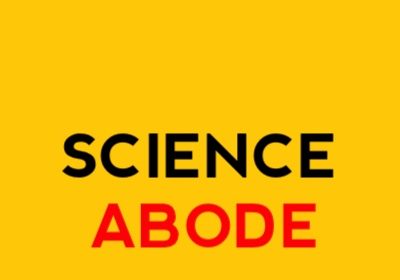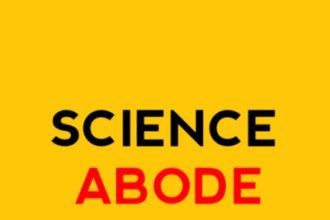Study reveals how an anesthesia drug induces unconsciousness
Propofol, a drug commonly used for general anesthesia, derails the brain’s normal balance between stability and excitability. There are many…
Fast Four Quiz: Precision Medicine in Cancer
Nuisance Seaweed Found to Produce Compounds with Biomedical Potential
A seaweed considered a threat to the healthy growth of coral reefs…
Bacteria ‘nanowires’ could help scientists develop green electronics
Engineered protein filaments originally produced by bacteria have been modified by scientists…
Human embryonic stem cells could help to treat deafness
A cure for deafness is a step closer after University of Sheffield scientists used…
Physicists find first possible 3D quantum spin liquid
Cerium pyrochlore is first to qualify as long-sought state of matter There’s no known way…
Altering songbird brain signaling provides insight into human behavior
A study from UT Southwestern’s Peter O’Donnell Jr. Brain Institute demonstrates that a bird’s song can be altered – to…
Sign Up for Free
Subscribe to our newsletter and don't miss out on our programs, webinars and trainings.
How cell identity is preserved when cells divide
MIT study suggests 3D folding of the genome is key to cells’ ability to store and pass on “memories” of…
Huge bacteria-eating viruses narrow gap between life and non-life
Scientists have discovered hundreds of unusually large, bacteria-killing viruses with capabilities normally…
Your one-stop resource for medical news and education.
Nuisance Seaweed Found to Produce Compounds with Biomedical Potential
A seaweed considered a threat to the healthy growth of coral reefs in Hawaii may possess the ability to produce…
Nuisance Seaweed Found to Produce Compounds with Biomedical Potential
A seaweed considered a threat to the healthy growth of coral reefs in Hawaii may possess the ability to produce…
New tools used to identify childhood cancer genes
Using a new computational strategy, researchers at UT Southwestern Medical Center have identified 29 genetic…
Cotton-Based Hybrid Biofuel Cell Could Power Implantable Medical Devices
A glucose-powered biofuel cell that uses electrodes made from cotton fiber could someday help power…
New 3D printer uses rays of light to shape objects, transform product design
A new 3D printer uses light to transform gooey liquids into complex solid objects in…
Study reveals how an anesthesia drug induces unconsciousness
Propofol, a drug commonly used for general anesthesia, derails the brain’s normal balance between stability…
New clue in understanding increased Alzheimer’s risk
Scientists have discovered a new piece of the puzzle in understanding why some people are…
Scientists preserve DNA in an amber-like polymer
With their “T-REX” method, DNA embedded in the polymer could be used for long-term storage…
Hidden challenges of tooth loss and dentures revealed in new study
The hidden challenges faced by people with tooth loss and dentures has been identified by…
Short-term loneliness associated with physical health problems
Loneliness may be harmful to our daily health, according to a new study led by…
Technique improves the reasoning capabilities of large language models
Large language models like those that power ChatGPT have shown impressive performance on tasks like…
Artificial intelligence revolutionises monitoring of brain development in children
Researchers at QIMR Berghofer have developed a computer-based “growth chart” that could potentially transform the…
Multiple sclerosis is on the rise in Australia, but it’s not all bad news
UNSW medical researchers are at the forefront of advancing the science of multiple sclerosis detection…







